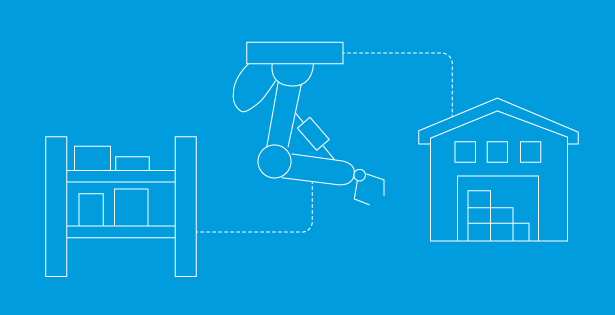
The holidays are almost here and everyone needs to get ready, right now. This has been a very challenging year for everyone, and retailers need to make the most out of this holiday. The holidays mean double the normal business online than the rest of the year in the US. And Black Friday and Cyber Monday are even bigger spikes than that. This means more site visits, more orders and more customer service calls. Anything you can do now to get ready for that is important from streamlining order placement to improving customer messaging to boosting site performance. But how do you pick the things you can actually achieve in the next 4 weeks that will boost revenue and maintain margin? RSM is here to help – see how we picked three last minute holiday readiness actions you can take in the next four weeks.
It’s not too late to get ready
The usual guidance on SFCC starts with quotas and error logs, and then gets into server side performance. But how often are quota violations really making an impact? Or too many errors? You definitely would know by now if there were real impacts from those. They’re worth glancing at (that’s why there’s a dashboard for them!) but unless you’re seeing a ton of failed orders, or you’re running out of log space at noon every day, it’s not worth addressing. These investigations are super time consuming, for not much return. There’s also the big picture recommendations from Salesforce like “do buy online pickup in store” or “do customer data platform.” These move the needle, but it’s late September – that ship has sailed for 2023 holidays.
Einstein search and recommendations
Take advantage of everything Einstein has to offer on the platform today. You’re probably already using product recommendations in many places, but are you using Complete the Set on your PDP? Also take a look at search dictionary suggestions, review the “insights” and be sure to use predictive sort as part of all of your sorting rules. Salesforce actually has a great trailhead on this topic. In addition, check your no search results analytics and make sure your synonyms and hypernyms are covering as much as is reasonable. Finally, see what you can do about your no search results page – that’s a bunch of empty screen real estate if you’re not already taking advantage. This analysis takes some time – and possible code changes – but can be done for last minute holiday readiness.
Find friction points in shopper journey
Every site has some friction point and it might not be obviously from your analytics. I challenge you to get your teams together to see what can be improved in the shoppers journey. This means marketing, merchandising, development, information architecture and customer service. Take an example from a major jeans retailer recently: I’m a repeat customer, and they sent me an email promoting last season’s jeans at a steep discount. I clicked through to be landed on the “all jeans” category. After some clicking around to find what remained in my size, I left the site.
They should know better – I’ve bought men’s jeans, and they even have my size. Yes, this screams that year long project “unify your data with CDP to get the perfect customer experience.” But what if instead, they simply had easy filters? If I could refine by Men’s, Waist and Length, I could see the 5 pairs that are relevant to me. The length filter doesn’t exist, and the category filter was not prominent. Either of these are straightforward changes that could be implemented in 4 weeks with the right cross functional team working together for that last minute holiday readiness.
Be ready to react
Everyone has their predictions about the 2023 holiday season. And the one thing we all know: we’re not going to be 100% right. This makes it critical to be able to adjust your marketing campaigns, promotions, content, assortment and even site features. And I’m not talking about just the “worst” case. What about the “best” case where you achieve your goals early and can reduce promotions or change featured products? To be ready, you need to know your plan, and you have to share it with everyone involved – from marketing to merchandising to development and customer service. And that plan cannot just include your promotions and email campaigns – it also needs to include your content and understanding all the daily operations. These include things like your product feeds, frequency of inventory updates, replication schedule and any critical site features.
It is much easier to adjust on the fly when everyone is on the same page. Oh, and that “code freeze” date everyone always spends months talking about? It’s a lot easier to think of it as a “code cool breeze” – we’re not going to release big risky features, but at the same time, we’re going to make small changes if they’re necessary. Know how long it takes to write, test and deploy a small change, and who needs to be involved in that process.
RSM is here to help
Reach out today if you need help forming this cross functional team, or with getting your team on the same page. RSM has expertise in all the different areas of running an eCommerce business. We can also help with the just technical analysis and development work last minute holiday readiness.
Subscribe to get more tips
Subscribe to eCommerce (see below!) to receive notifications of new posts like this in the future by email. Or read more of our eCommerce blog

 RSMUS.com
RSMUS.com



